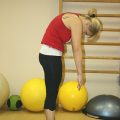To make a choice between the natural resolution of births and stimulation, it is important to know what these processes are different for. Let's try to understand.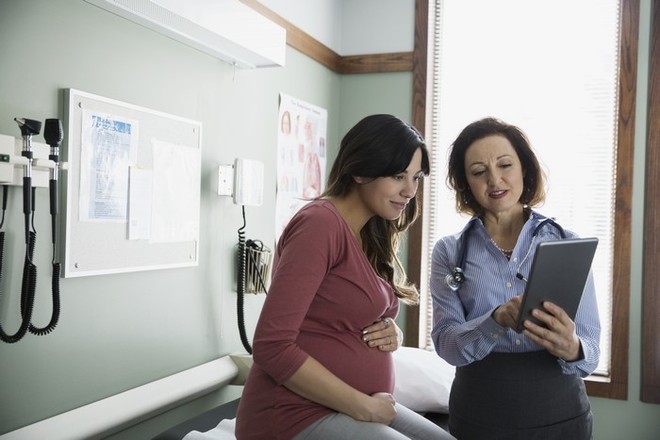 Photo: Getty
Photo: Getty
Hormone oxytocin
There are a lot of nerve endings in the uterus thatprevent premature birth, and by the end of the ninth month of pregnancy, their number increases greatly. If childbirth occurs naturally, the hormone oxytocin is released in the body, which makes these receptors work so that they contract muscles and open the cervix. Oxytocin is not released constantly, but in waves, so the uterus does not contract continuously, otherwise the contractions would become incredibly strong from the very beginning. The level of oxytocin also increases gradually, so that the first contractions can be every 20-30 minutes and last about 30 seconds. The pace of contractions gradually increases, they occur every 2-5 minutes and last for 60-120 seconds. This development of natural childbirth usually occurs within 10 hours or so, so that the body has the opportunity to rest between contractions and gradually adjust to the intensity of uterine contractions. If it becomes necessary to stimulate contractions, this most likely means that your body and the baby are not ready for childbirth. There may be a lack of receptors in the uterus, which is why synthetic oxytocin is needed to help the contractions start and keep them going for a certain amount of time. In this case, the hormone for childbirth will be supplied through a dropper in a continuous mode. The oxytocin level is artificially increased until the rate of contractions increases to 3-4 in 10 minutes. Each contraction should last up to 40-60 seconds, and the break between contractions should be at least a minute.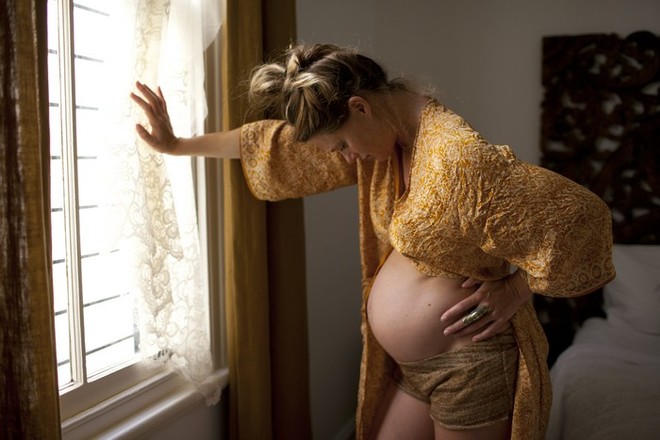 Photo: Getty
Photo: Getty
Pain
The main difference between natural andthe artificial beginning of labor is the intensity of contractions. In natural childbirth, when the cervix is opened by the action of oxytocin in the blood, the pain receptors send signals to the brain, and it responds with the release of endorphins. This substance is an incredibly powerful anesthetic that helps to suppress pain. The level of oxytocin increases, accordingly, more endorphins are released. And in the case when childbirth is provoked, the brain does not know what it is necessary to release endorphins, so you will have to experience pain much stronger, even from the very first labor. In other words, the organism will not have the opportunity to adjust to new conditions. The brain can not "participate" in childbirth. Therefore, often women who give birth with stimulation, do not stand up and ask to enter an anesthetic, for example, to do epidural anesthesia.
Motion
When the natural contractions begin, a womanlooking for a comfortable position. She may want to move, walk, crouch, to find the most comfortable option and reduce pain. At this time, with the help of close people, you can take a warm shower. Well, if there is a spouse nearby who can do the massage of the lumbar spine. If you massage this area, the pain during bouts will be less felt. When the birth is stimulated the doctor constantly observes the woman in childbirth. In addition, the woman in this case is under a dropper, which limits her ability to move. Of course, there will be no possibility to take a shower or use a bath to alleviate the pain from contractions. If epidural anesthesia was used, then either you lie on your side or sit on the bed. This increases the risk of fetal damage and the chances of having a cesarean section.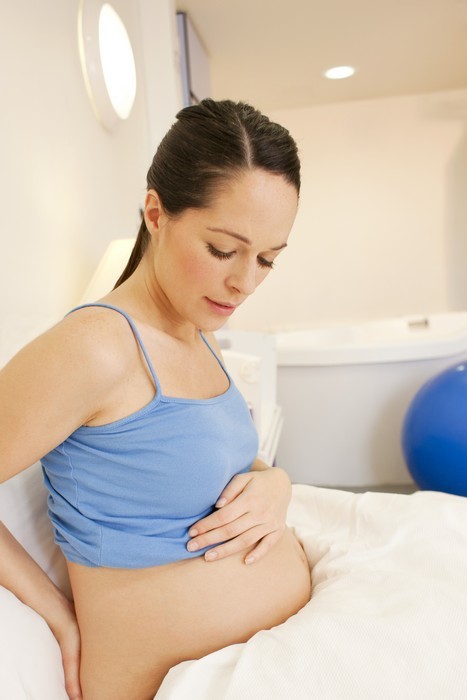 Photo: Getty
Photo: Getty
Reflex ejection of the fetus
With natural childbirth, you are dealing with"Reflex of expulsion of the fetus". It is easy to recognize by an irresistible desire to push. When the cervix is already fully opened, the so-called peak of oxytocin outburst occurs, which provokes the most powerful contractions pushing the child outward. At the same time, adrenaline is released, which gives energy and strengths necessary for the birth of a child. In the process of stimulated delivery of this peak, there is no oxytocin release. The supply of synthetic oxytocin can not be increased. If a woman is artificially injected with oxytocin or epidural anesthesia is used, she will not experience the reflex of fetal ejection. Therefore, women who give birth through artificial stimulation of contractions are often required at this stage of delivery to help doctors.
Child Protection
With natural delivery oxytocin from your bodypenetrates the placenta. This hormone protects your child's brain from damage that can occur due to oxygen starvation. During the stimulation of labor, synthetic oxytocin interferes with the body's ability to produce its own hormone. In this case, the child is much more likely to be exposed to hypoxia (oxygen starvation). The kid will react to this situation, most likely, not enough active heart rhythm. If this continues for a long time, the doctor will recommend a cesarean section to avoid possible damage to your baby's brain.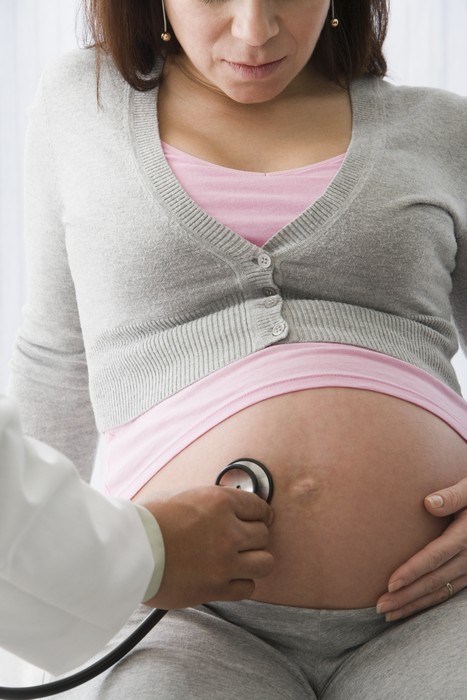 Photo: Getty
Photo: Getty
The third stage of childbirth
After natural delivery, as soon as the childwas born, a very high concentration of oxytocin is still present in your body. This hormone of love is responsible for that elusive connection that already exists between the newly mum and her baby. This connection is very important for both the survival of the baby and the body of the woman. A few minutes after the birth of the baby, the uterus begins to contract again, trying to get rid of the placenta. Postpartum hemorrhage becomes minimal. In most cases, this happens without the intervention of specialists and is called the physiological, or the third stage of labor. Sometimes women are injected with oxytocin, when the baby is already born to accelerate the third stage and reduce the risk of too much bleeding after delivery. However, women who have experienced natural contractions and births rarely require such injections, as their own bodies produce oxytocin in fairly large quantities. Stimulation of labor leads to the fact that women do not experience the last outgrowth of oxytocin. The empty uterus is not able to effectively reduce, because of which the risk of postpartum haemorrhage increases. Then injections are simply necessary in order to avoid possible complications after delivery. Unfortunately, the number of women giving birth naturally without stimulation is constantly decreasing. The choice in favor of stimulation of labor is made even by those future mothers who, according to medical indications, could give birth themselves. Of course, I'd like to ease such a difficult stage in life as much as possible, but still think about the future at the moment of choice. The synthetic hormone is not harmless. It affects the natural production of other hormones, stress, mood and behavior of the mother. And this, in turn, can cause postpartum depression. So if during the pregnancy there were no complications and the doctor does not recommend caesarean section, think carefully before agreeing to the stimulation of childbirth. And how did you give birth?
- Natural childbirth
- Stimulated contractions
- Cesarean section
Voted: 501Ahave you given birth?
- Natural childbirth39,7%
- Stimulated contractions48,7%
- Cesarean section 11,6%
Voted: 501




